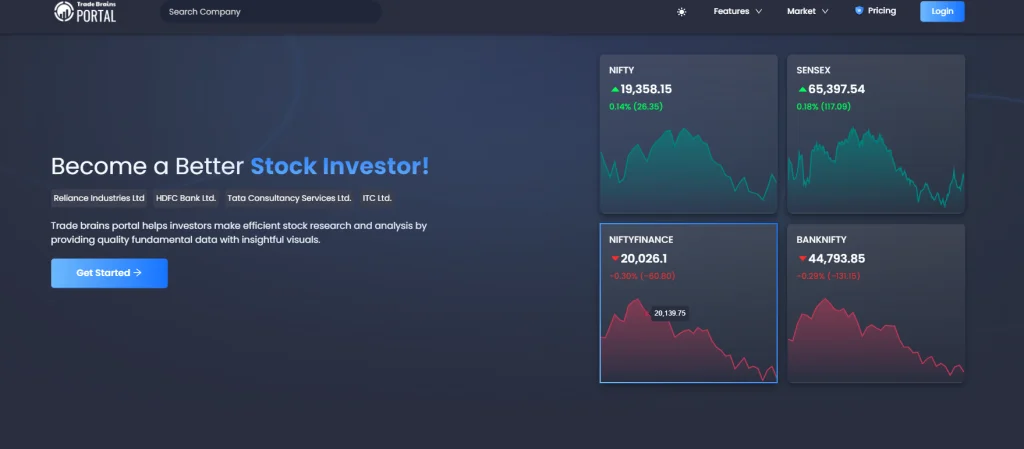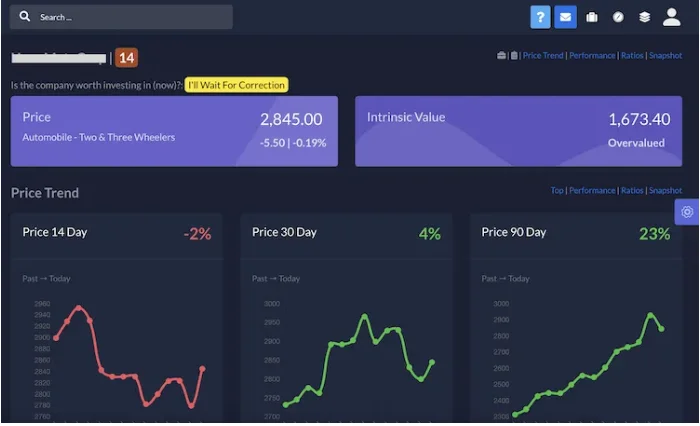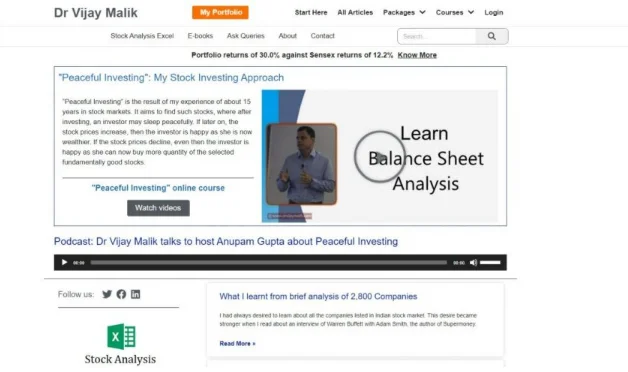1. Growth stocks
Overview: The Ferraris of stock investment are growth stocks. They guarantee both quick growth and substantial investment returns. Technology companies are typically the subject of growth stocks, but this is not a must.Since they often reinvest all of their profits, they don’t often distribute dividends, at least not before their growth begins to decline.
For whom are they useful? If you’re going to invest in individual growth stocks, you should do extensive, time-consuming research on the business.
You’ll need to have a high risk tolerance or make the commitment to own the stocks for at least three to five years because growth stocks are erratic.
Risks: Because investors usually pay a high price for the stock relative to the company’s earnings, growth stocks can be dangerous.
As a result, these stocks may lose a significant amount of value very fast when a bad market or recession occurs. It seems as though their unexpected fame disappeared in an instant. On the other hand, growth stocks have typically been among the top performers.
Rewards: If you can locate the appropriate company, the benefits could be endless because the two biggest corporations in the world, Alphabet and Amazon, have been high-growth businesses.
2. Stock funds
Overview: A stock fund is an assortment of equities that are frequently related or categorised together, such as major or American stocks. The fund company charges a fee for this product, however it can be very small.
For whom are they useful? A stock fund, such as an ETF or a mutual fund, can be a good substitute if you don’t want to put in the time and effort to analyse individual stocks.
For an investor who wants to be more active with stocks but doesn’t have the time or motivation to make trading their full-time hobby, a stock fund is a fantastic choice.
Risks: Investing in a stock fund is easier and less labor-intensive than buying individual stocks.
The market can still fluctuate significantly in any given year, potentially losing up to 30% or even gaining 30% in some of its more extreme years.
You should be aware that your fund will be less diversified than one based on a broad index, such as the S&P 500, if you purchase a fund that is not broadly diversified, such as one focused on a specific industry. Therefore, if you invested in a fund focused on the chemicals sector, it may be highly vulnerable to changes in oil prices. Many of the stocks in the portfolio are anticipated to suffer if oil prices increase.
Rewards: A stock fund requires less effort to purchase and maintain than individual stocks, but because you own more businesses and you can’t expect every one of them to do well every year, your returns should be more stable. You will also have a lot of potential growth with a stock fund. Some of the top index funds include the ones listed below.
You can obtain a combination of high-growth equities and other securities if you purchase a broadly diversified portfolio, such as an S&P 500 index fund or a Nasdaq-100 index fund. However, compared to if you only owned a few particular stocks, your portfolio will be more diversified and secure.
3. Bond funds
Overview: A bond fund is a collection of bonds from different issuers, whether it be a mutual fund or an exchange-traded fund (ETF). The type of bond in the fund, as well as the tenure, riskiness, issuer (corporate, municipal, or federal government), and other variables, are often used to categorise bond funds.
When a business or the government issues a bond, it commits to annually paying the bond’s owner a predetermined sum of interest. When the issuer pays back the bond’s principal at the end of its term, the bond is redeemed.
Investors who desire a diverse portfolio of bonds but don’t want to research and buy individual bonds can benefit from bond funds.
Risks: Bonds can alter in value, but a bond fund will be more stable, even though it may move in response to interest rate changes.
Although bonds are seen as being more secure than equities, not all issuers are created equal.
The riskiness of business issuers can range from slightly less to much higher, while government issuers, especially the federal government, are thought to be quite safe.
One of the safer investments is a bond, and when included in a fund, their safety is increased. A fund diversifies its holdings by potentially owning hundreds of various bond types from numerous different issuers, which reduces the impact of any one bond defaulting on the portfolio.
A bond or bond fund’s return is often substantially lower than a stock fund’s return; for example, a government bond’s return might be 4 to 5 percent annually, but a corporate bond’s return might be lower. And it’s much less harmful.
There are various options to choose from if you’re looking for a bond fund to suit your needs.
4. Roth IRA
Overview: The finest retirement account on the market might be a Roth IRA. You can do this to save after-tax money that will grow tax-free for years before you can withdraw it. It’s more desirable than a regular IRA because you can leave that money to your heirs tax-free.
Who will gain from them? Anyone with a source of income should use a Roth IRA to build up tax-free assets for retirement.
Risks: A Roth IRA is a wrapper for your account that offers particular tax and legal benefits; it is not an investment in and of itself. Therefore, you can invest in nearly anything that suits your needs if you have a Roth IRA account with one of the finest brokerages.
Benefits: If you want to step it up, you can invest in stocks and stock funds and possibly get considerably bigger profits while avoiding taxes.
You will undoubtedly have to accept the higher risks associated with investing in stocks and stock funds.
5. Robo-advisor portfolio
Overview: When using a robo-advisor, you just deposit money into the robo account, and it automatically invests it in accordance with your objectives, time horizon, and risk tolerance. You must first complete certain surveys so the robo-advisor can determine what you require from the service. After that, it will oversee the entire procedure. The robo-advisor will select investments for you, typically low-cost ETFs.
What is the cost of the service to you? The cost of any funds in the account, in addition to the management fee charged by the robo-advisor, which is often around 0.25 percent annually. According to the amount invested, investment funds incur a fee, although funds in robo accounts normally charge between 0.06 percent and 0.15 percent, or $6 to $15 per $10,000 invested.
Risks: A robo-advisor’s risks are strongly influenced by your investments. Because you have a higher risk tolerance, you should anticipate greater volatility while investing in stock funds as opposed to bonds or cash in a savings account. Therefore, the risk is in the possessions you have.
Rewards: Depending on the investments you make, the potential return on a robo-advisor account can range from very high if you invest primarily in stock funds to very low if you maintain safer assets like cash in a high-yield savings account.
periods of time, meaning you will receive an increase each year.
FOR MORE INFO CLICK THIS SITE:https://learningsharks.in/
FOLLOW OUR PAGE:https://www.instagram.com/learningsharks/?hl=en














